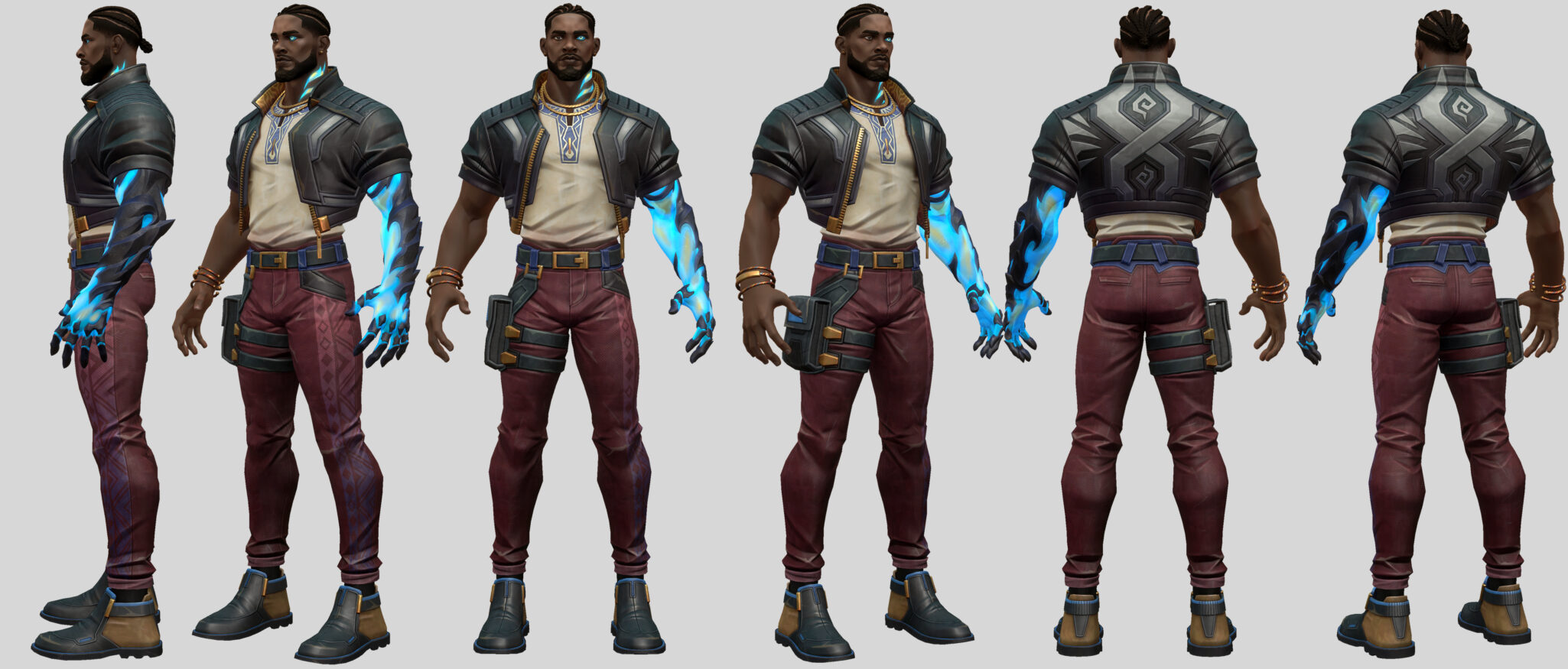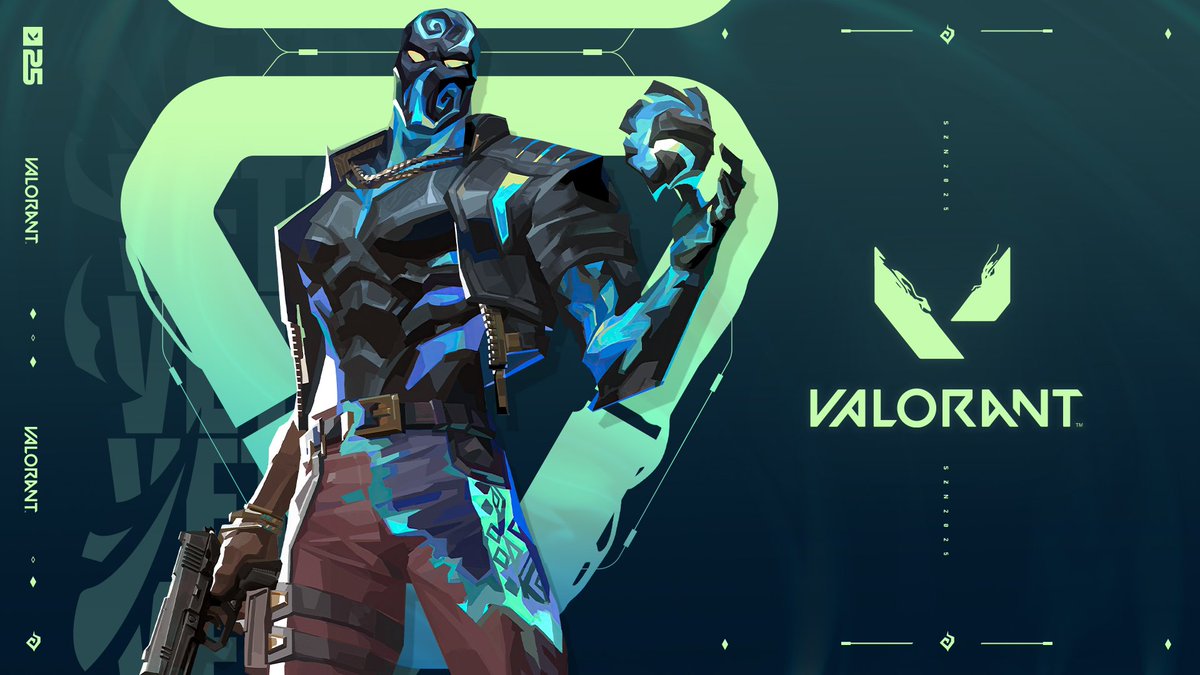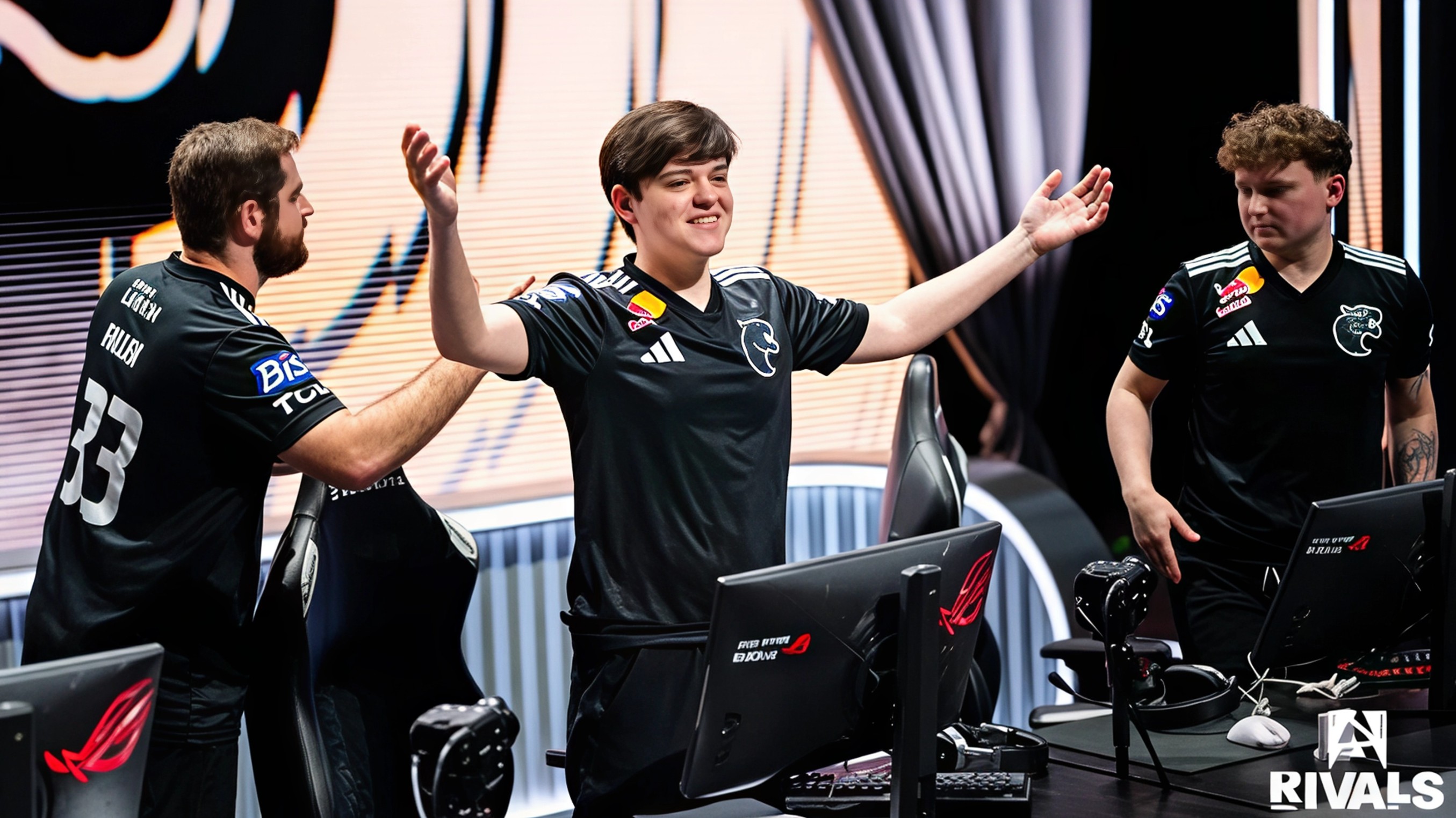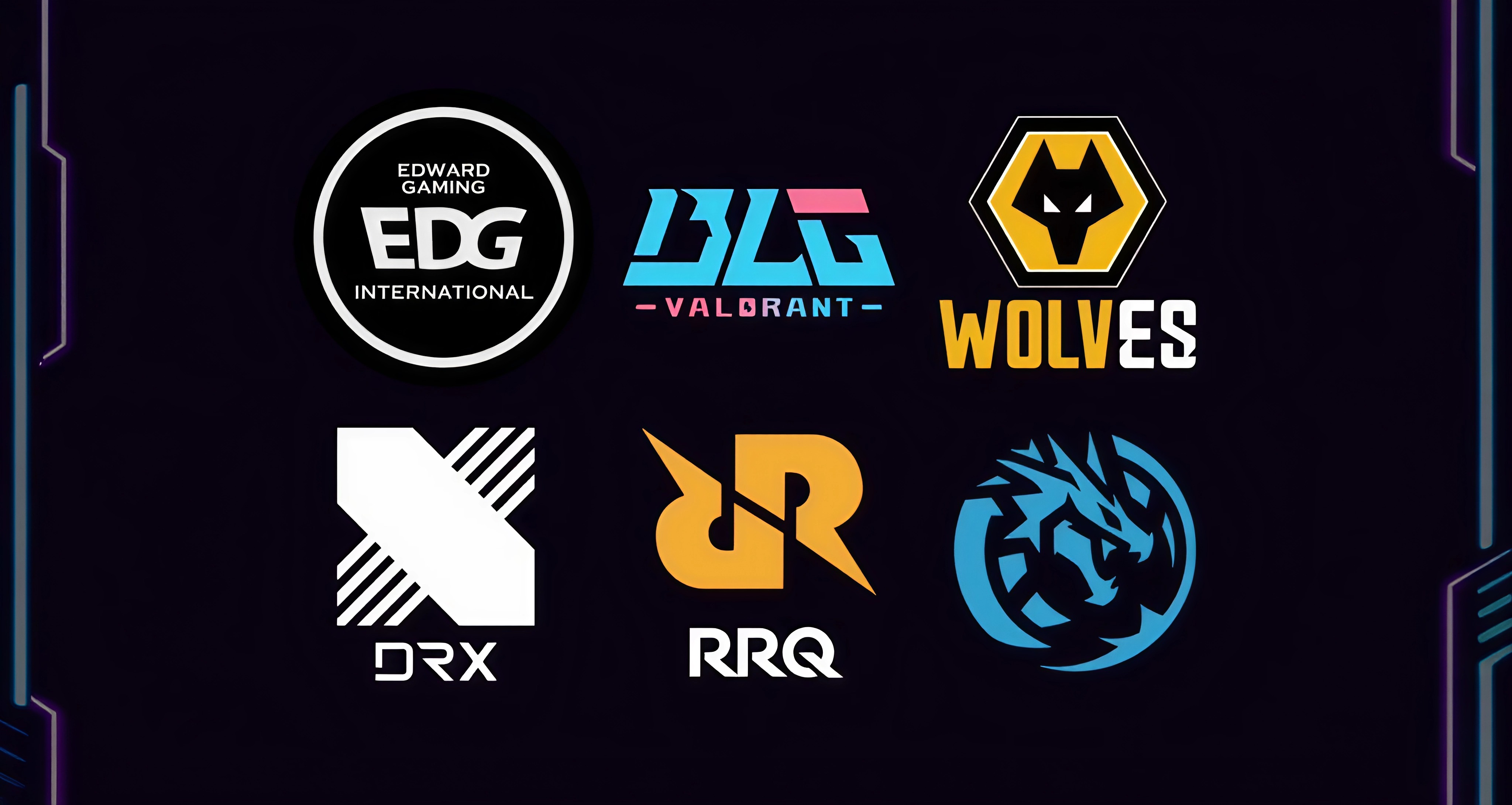Riot Games Introduces Veto at VALORANT Champions Paris

During the VALORANT Champions Paris Grand Final, Riot Games surprised fans by unveiling Agent 29 named Veto. Hailing from Senegal, Veto joins the Sentinel roster with a toolkit designed to counter enemy abilities, restrict movement, and provide team support in clutch moments. The character brings a bold new dimension to tactical gameplay, focusing on control, disruption, and survival.
Veto Release Date and Playable Debut
Riot has confirmed that Veto will officially join VALORANT’s lineup on October 7, 2025. With this addition, the game now features 28 playable agents, fueling community discussions about whether Riot will eventually introduce bans or agent rotations in competitive play.
Veto’s Abilities Explained

Veto’s skill set focuses on negating enemy abilities and creating control zones, making the agent ideal for defensive players who value map awareness and positioning.
Crosscut (C) allows Veto to teleport using a deployable vortex placed on the ground. Players can activate it while in range to reposition instantly, offering a blend of mobility and unpredictability.
Interceptor (E) places a device that destroys incoming utility, such as grenades or projectiles. It is especially effective against opponents who rely heavily on area denial or bounce-based equipment. However, enemies can shoot and destroy the Interceptor, so placement is key.
Chokehold (Q) deploys a trap that activates when enemies step into its radius. Once triggered, it deafens and decays opponents, leaving them vulnerable. The trap can be destroyed before activation, requiring smart timing and hidden placement.
Evolution (X), Veto’s ultimate ability, grants the agent combat regeneration and immunity from all forms of debuffs. It functions like a high-risk, high-reward stim ability that can turn defensive stands into offensive pushes, especially in tight rounds.
How Veto Might Change the Meta
It is still too early to determine whether Veto will dominate the competitive landscape, but the agent’s concept introduces a new strategic layer. Sentinels have typically focused on holding angles and setting traps, while Veto adds the ability to counter enemy abilities directly.
The potential downside lies in the vulnerability of Veto’s deployable gadgets. Since both Interceptor and Chokehold can be destroyed easily, their effectiveness will depend on player positioning, timing, and coordination. However, the ultimate Evolution could make Veto a standout pick for clutch situations, giving players a second chance in duels or site retakes.
The Future of VALORANT’s Agent Pool
With 28 agents now in the game, VALORANT’s roster continues to expand at a fast pace. Riot’s design philosophy seems to be pushing boundaries, introducing more complex mechanics with every new agent. Players are already speculating about when Riot might implement an agent ban system or rotation model to maintain balance and variety in competitive modes.
Final Thoughts
Veto’s reveal marks another bold step for VALORANT as Riot continues to experiment with fresh gameplay mechanics and diverse agent backgrounds. Whether Veto becomes a meta-defining Sentinel or a niche pick will depend on how players adapt and counter the new toolkit in the coming weeks.
Stay tuned for in-depth breakdowns and early meta impressions once Veto hits live servers on October 7.
Follow Gaming Moves on Instagram and Facebook for all the latest updates, gameplay guides, and esports coverage from the world of VALORANT and beyond.










